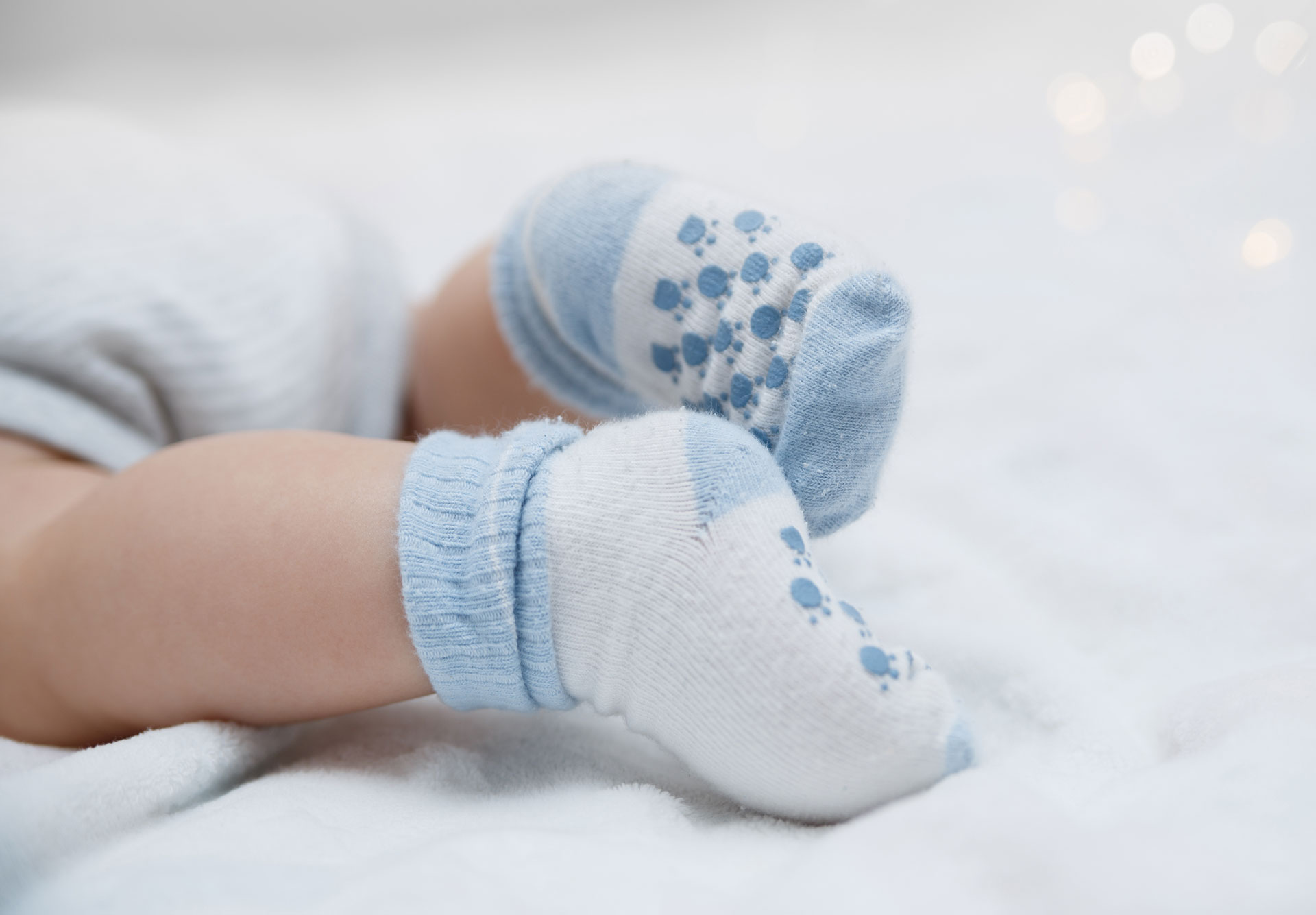The California based Center for Environmental Health (CEH) has found elevated Bisphenol A (BPA) levels in socks, primarily made of polyester with spandex, from several brands. All size ranges are included, but the emphasis is on babies’/children’s socks.
Different blends of polyester, cotton, and spandex were tested. The concentrations found were up to 19 times over the California safe limit of the chemical, though socks predominantly made from cotton were not affected.
The presence of BPA is reason for concern. BPA is believed to cause developmental and reproductive harm and is linked to breast cancer, prostate cancer, metabolic disorders, diabetes and numerous other serious health concerns, especially in infants and toddlers. The route of exposure for the chemical is dermal absorption - directly through the skin - when wearing the socks, as well as ingestion via hand-to-mouth contact after touching or handling the socks.
Based on their findings and according to California Proposition 65, the CEH sent 60-day notices to 75 sock brands in September 2021. According to the Prop 65 process, defendants will have 60 days to work with CEH to remedy the violations, e.g. by providing Prop 65 warning labels for the presence of BPA with their products when sold, before CEH files a complaint.
BPA can be added in the manufacturing of polyester as an intermediary step to improve the natural properties and lifespan of a fabric. In the production of polyester fabric, BPA can be used to create hygroscopic and antistatic fabric with color fastness to washing. BPA and other bisphenols may be used as dye-fixing agents for polyester and polyamide textiles. Furthermore, BPA can be used in the production of flame retardants, fungicides, antioxidants and in PVC production. And it may also be used in spandex production for antistatic properties.
Traditionally, BPA was not considered a high-risk chemical in textile fibers. The European Commission (EC) has asked the Scientific Committee on Consumer Safety (SCCS) to determine whether clothing articles expose consumers to a concerned level of BPA, whether vulnerable consumers such as infants, young children or pregnant women are at higher risk and, if possible, to recommend limit values. In September 2021, the Center for Environmental Health (CEH), USA, has issued notices for BPA in textiles for the first time. Previous BPA Prop 65 settlements were for sunglasses, thermal paper or other products.
